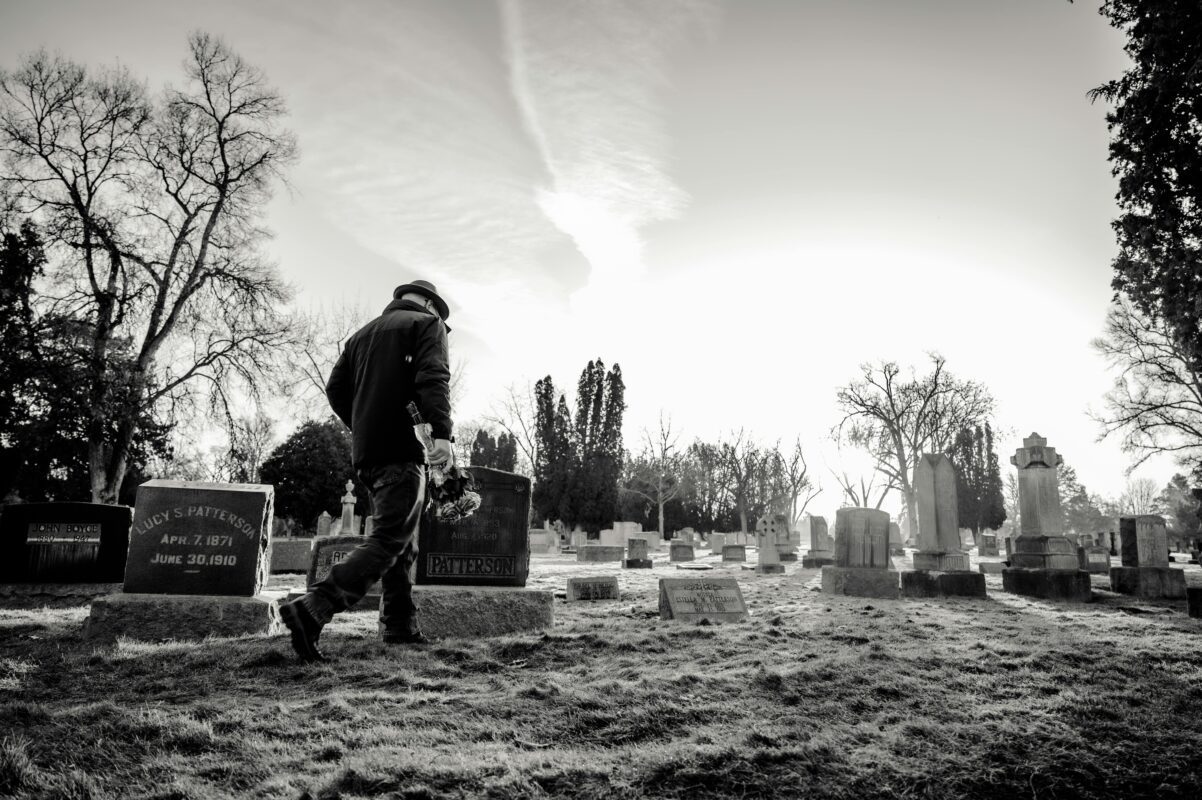Dealing with Grief
Stages of Grief After Sudden Death
What are the stages of grief after sudden death? Experiencing the sudden and tragic loss of a loved one can engulf a person in intense grief. But how can you prepare for the stages of grief after a sudden death when there’s no warning? The 5 stages of grief are a range of emotions and experiences that individuals typically go through after losing a loved one. It’s important to remember that these stages can vary greatly from person to person, even within the same family. Your grief may follow a different timeline, the steps may occur in a different order, or you may find yourself revisiting certain steps multiple times. There is no right or wrong way to grieve, and it’s completely normal for your journey to be unique.
Stages of Grief After Sudden Death

The first step in the grieving process is identifying what type of loss you have suffered.
It’s important to identify what type of loss you have experienced to understand the grieving process. Give yourself space to understand what has just happened to you. You need to process what this person’s absence in your life means, and how different your life now looks with them suddenly no longer in it.
How long does shock last after death? This is different for everyone, and it’s all part of this process. It can also look different for everyone as well. Some may hear the news and cry. Some may be completely silent. Some may even laugh. This is shock, your brain trying to process the tragic news you just heard. Once the shock wears off, most people move on to step two…
The second step is accepting that you have suffered a loss.
Denial is one of the most common responses to sudden death. It can be hard to accept the death of someone close to you. You may find it hard to believe that your loved one is gone or you may feel like it couldn’t have been your loved one who died because they were so young or healthy… or you just talked to them.
Denial after a tragic loss is a normal and natural response. You may also deny that the loss has anything to do with you because it is too painful to think about how it will affect your life in the future. Your brain doesn’t want to accept the reality that this person is gone because it’s just too painful. It’s also why denial is so common in grief: it temporarily protects you from that pain.
When you can accept what has happened, you have to go through the painful process of letting go of what you THOUGHT your life was going to look like. This person was a part of your present and you thought, your future. Once you can mentally accept that they are gone, you begin to mourn all of the good times that you long to experience again, as well as all of the future that was taken from you in an instant.

The third step involves finding meaning in your life again and rebuilding yourself, your relationships, and your life without the person who has passed away.
Grief is a complex and overpowering emotion, but this step is about rediscovering meaning in your life. It’s about regaining control from grief and making the most of each day despite it. Unfortunately, there is no specific timeline for this process. When you find yourself stuck in step 2, wondering when you’ll be able to move forward, no one can provide a definitive answer. It varies for each individual. Some people may feel inspired to live a full life sooner to honor the person they lost. This is a natural response and a form of grief.
However, others may need more time to process the loss and may feel that experiencing joy or happiness too soon would be betraying their loved ones. Neither of these scenarios is wrong. But when you reach the third step, that’s when the healing process begins. It’s when you start finding joy in the little things and when memories of your loved one bring you a small bit of happiness instead of overwhelming pain. You start discovering your own identity separate from that person, all while honoring their life through the way you live yours.
Navigating the Stages of Grief After Sudden Death
There is no way to prepare for a sudden loss, which is why it can take such a long time to go through the grief process. So many words left unsaid, milestones left uncelebrated.
It’s okay to give yourself time and space to feel what you need to feel. Allow yourself grace in these stages of grief after a sudden death.
And most importantly, keep in mind that when you need help or support, please reach out. Find a friend, relative, clergy, support group, counselor, or, in an emergency a helpline. There is always someone to reach out to, even if you feel like a burden. Most people will not see you as a burden, but rather it gives them a chance to offer you help, which they likely want to do!

You’ll need space, but you also need reminders that there is life after experiencing grief after sudden death. Surrounding yourself with people instead of only fixating on the loss is a great way to see that there is still a purpose and a plan for you in this world. Take a walk. Listen to nature. Even just look out your window on a beautiful day. Soak in the little reminders of life around you as you accept your loss and remember the love of the person you miss so much.
